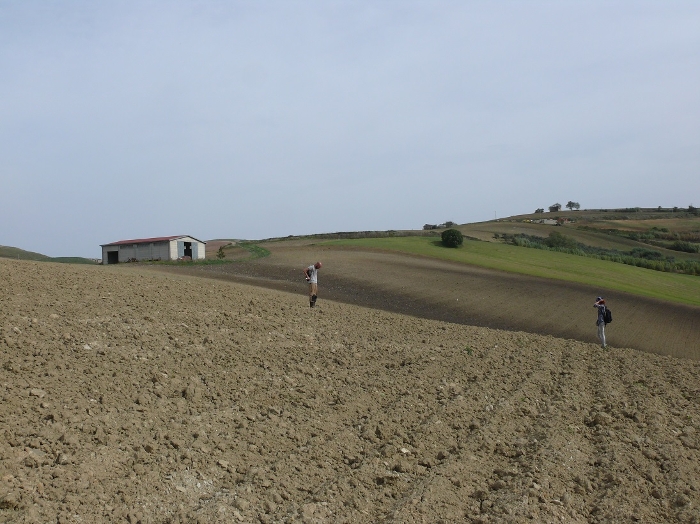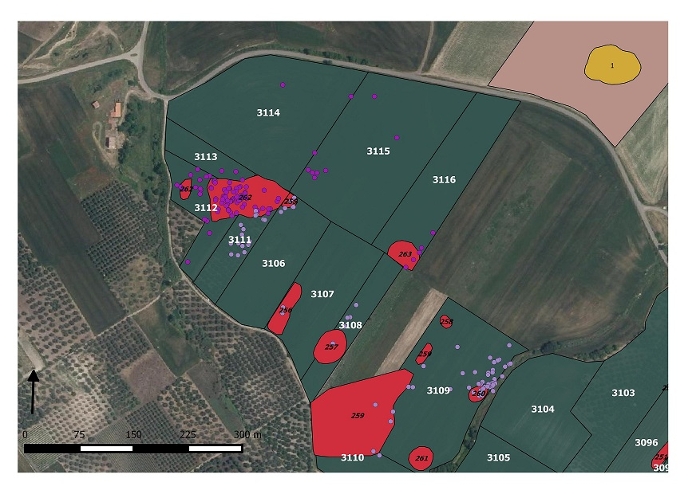Fieldwork campaign
Ager Venusinus Project
The Ager Venusinus Project studies the relatively small number of recognized colonial dwellings dated securely to the period of colonization (i.e. the 3rd century BC). With a special interest in the Black Gloss ceramic typochronology
- Duration
- 2013 - 2017
- Funding
-
 NWO Free Competion Grant
NWO Free Competion Grant
- Partners
The territory of Venosa (Italy, Basilicata) is one of the best investigated Roman colonial territories in Italy. More than a decade of intensive landscape archaeological research conducted in the context of the Forma Italiae project has investigated an area of seven hundred square kilometers and has mapped more than two thousand archaeological sites dating from Prehistory to the Middle Ages.

This enormous quantity of data is now being used to protect and promote the cultural heritage of this territory, and as a crucial academic instrument for historical research.
Nevertheless, several important questions remain and various facets of this landscape deserve further analysis. In the context of the ‘Landscape of Early Roman colonization’ project new research has been conducted in this territory, focusing on early colonial settlement organization and in particular the role of nucleated sites within it.

The methods employed by the LERC team in Venosa are resurvey of Hellenistic villages and possible Republican hamlets with special interest on Black Gloss and intensive off-site survey of areas with nucleated sites.
In addition LERC team has performed geophysic prospection and analysis of historical aerial photography.

